Photographer of the Year: 10 tips for a successful entry
Steve and Ann Toon are counting down their top 10 tips to help you nail a successful entry in Australia and New Zealand's richest competition for amateur photographers.
Entering competitions is a great way to boost your self-confidence, give you something to strive for, and raise your profile as a photographer.
Winning a category, let alone the main prize in a prestigious competition like Photographer of the Year that attracts a huge number of high quality entries, is reason to jump up and down and slap yourself on the back.
We’ve entered a fair share of competitions in our time with some degree of success, and we’ve also been on the other side of the fence as judges, including figuring on the panel for the wildlife and landscape sections of this growing contest for the last two years.
Sadly, there’s no magic bullet to guarantee you a win but there are some simple things you can do – and avoid doing – that will considerably boost your chances.
Enter 2019 Photographer of the Year here.
10. Follow the rules
Before you do anything, it pays to double-check the terms and conditions. Make sure you are eligible to enter and your images comply with any formatting, size or other specifications.
It's also important to check the rules do not impose unfair conditions on you. Some competitions, for example, require you to give up your copyright, either as a condition of entry, or as a condition of winning or placing highly in the competition.
If that's the case, don't enter! Importantly, Photographer of the Year has been approved by Photowatchdog, the advocate for fair photo competitions in Australia.
You can check the 2019 Photographer of the Year terms and conditions here, but a few kew key things to remember with Photographer of the Year are:
• You must be an amateur photographer to enter. That's defined as someone who has not earned more than $4000 from stills photography in any 12-month period over the past five years.
• You must be a citizen or resident of Australia or New Zealand.
• Images must have been taken on or after 1 June 2018.
• You must not include watermarks or branding on your images.
• Closing date for entries is midnight (AEDT), Thursday 7 November 2019.
9. Go easy on the post-processing
Post-processing is like cosmetic surgery – if people can see it’s been done, it hasn’t worked. For landscapes and wildlife, less is invariably more, and super-saturated sunsets aren’t going to impress.
Over-sharpening or over-saturating can ruin an otherwise strong image, as can excessive use of vignettes, noise reduction and HDR.
A rich diet of cloying colours when judging can easily drive us towards the ‘quieter’ more subtle portfolios that give our eyeballs a break.
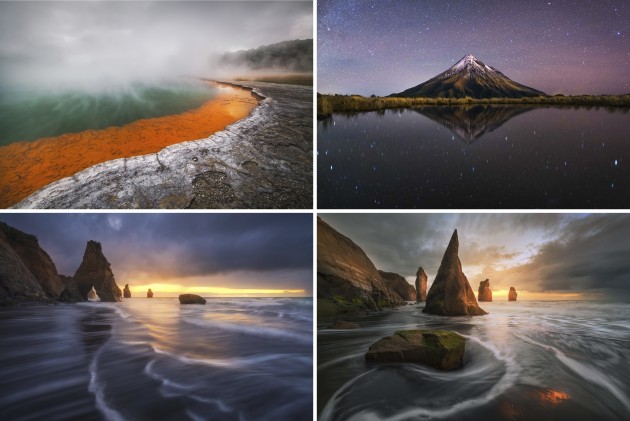
8. Check out past winners and top ranked entries
Check out previous winners and top 20 images to get a sense of the themes and image styles that do well. This can be a useful starting point but don't assume that the same type of images will do well the following year. Sometimes, an entry that looks completely different might stand out from the crowd.
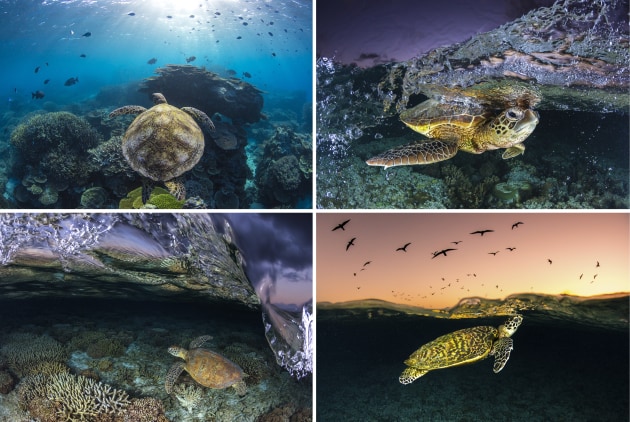
Enter 2019 Photographer of the Year here.
7. Take risks
If you can make multiple entries, and have enough good images, then try putting in some ‘long shots’. Sometimes we’ve done well with images that we didn’t expect to perform well, while our bankers didn’t figure. You can’t second-guess judges.
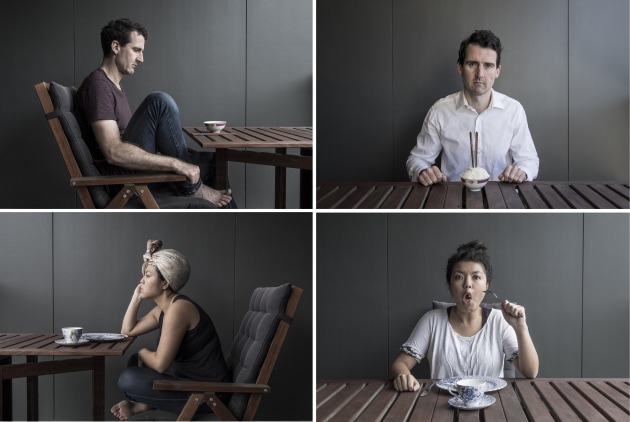
6. Be technically correct, but not a slave to technique
It goes without saying that in a highly competitive environment, your images need to be technically excellent to stand any chance. Soft or badly exposed images aren’t going to make the cut.
If you’re using artistic blur, blown-out highlights, or whatever for deliberate aesthetic effect, make sure it comes across as a clearly a deliberate choice, not a mistake. We’ll always reward good creative control, but never sloppy technique.

5. Choose four images that work well as a whole
In the case of Photographer of the Year, not only must your entry fit the category theme, but in seven out of the eight categories you're also being asked to submit a portfolio of four images. (The exception is Photo of the Year which is the only single-image category.)
For the portfolio categories, your images need to work together so that the whole is greater than the sum of its parts. A significant number of entries fail for us because the photographer has three great images and one not so great.
Three shots of penguins and one shot of a lion clearly isn’t a portfolio. This holds true for image formats too. Three square images and one panorama in a portfolio is hard to pull off – you’d really have to convince with cracking images for us not to sideline you.

Enter 2019 Photographer of the Year here.
4. Fresh eyes
Once you’ve picked your four portfolio shots leave them to one side for a few days and come back to them ‘fresh’ before submitting your entry. You’ll see your set more objectively and can make any necessary substitutions.
Get a second opinion from someone objective with good photographic knowledge – not your family or Facebook friends.
3. Tell a story
We judges are hungry for narrative. With a set of four images, as opposed to a single shot, there’s room for planning and pre-visualising and taking us on a journey with you.
It could be a series of images describing an ecosystem, aspects of the natural history of a particular animal, the impact of man on a natural landscape. Map out how they will work together so the sum is bigger than the individual parts.
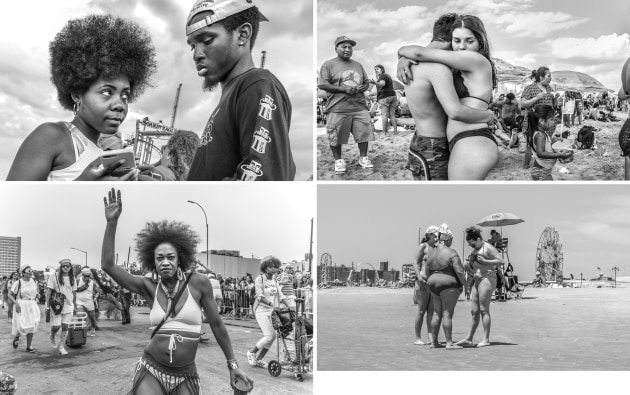
2. Avoid trends and clichés
There are some photogenic Australian landmarks that feel like old friends, despite never having visited them ourselves. It's perhaps understandable these hotspots figure frequently in the competition, but if your portfolio majors on popular subjects, bear in mind you’re already making it harder for your images to stand out.
If you’re going to photograph old favourites we’d love to see a new take on them. Yes, you can still win with such a portfolio, but you’ll most likely be pitting yourself directly with numerous other similars, and it’s going to be that much harder to prick our interest.
Consider steering clear of current photographic trends too. There’s a high chance everyone else will have jumped on the bandwagon and be using a technique or treatment that’s currently in vogue. Which brings us to our next point.
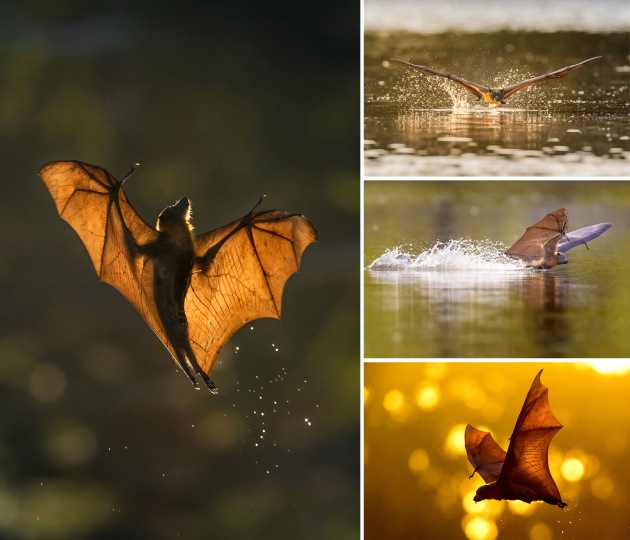
1. Don’t give up
If at first you don’t succeed – try, try again. It’s the way we’ve approached our whole photographic career. And don’t be disheartened if your much-loved entry doesn’t make the cut this year.
If your images didn’t succeed in this competition, it doesn’t mean they’re not still winners. Judges are human after all, with their own brand of taste. Sometimes the greatest benefits come from sharing your work, and learning what you could do better next time. The difference between the top and middle tier can be subtle – a tiny difference in technique or composition, for example. Next time it could be you!
________________________

Award-winning wildlife photographers Steve and Ann Toon have been judges on Photographer of the Year for the last two years. You can see more of their work at toonphoto.com.
Edited extract from a story first published in Australian Photography, September 2018.
_________________________
To enter the 2019 Photographer of the Year click here.


